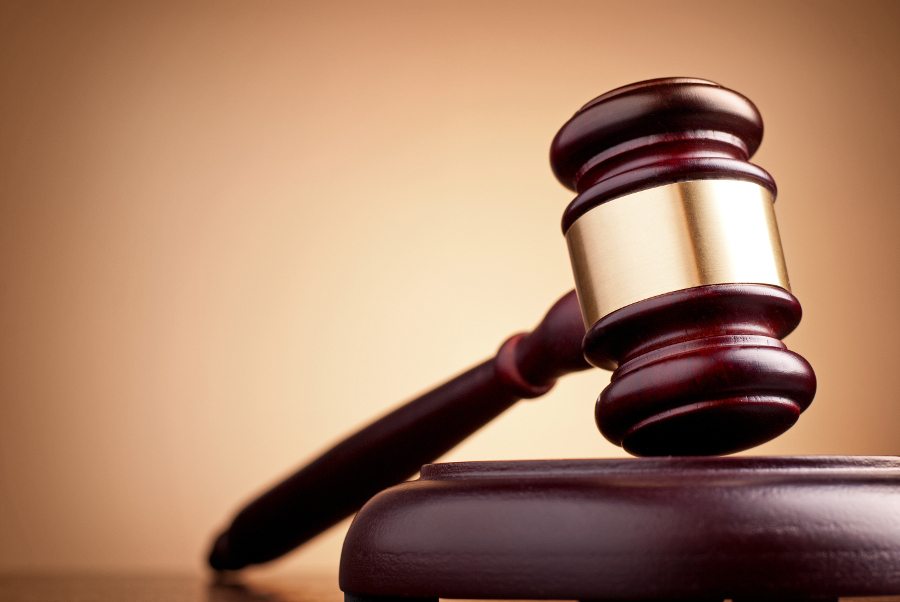Placement on the Sex Offender Registry is arguably the most devastating aspect of a sex crime conviction, even more so than fines or jail time. The hard reality is that registered sex offenders are often regarded with venom and distrust by the general public, to the extent where “witch hunts” sometimes drive former convicts from their own neighborhoods. In short, placement on the Registry is a heavy burden that interferes with virtually every aspect of daily life. So if you could be removed from the Registry, wouldn’t you be interested? Utah sex crime defense lawyer Darwin Overson explains who qualifies for Registry removal, and how the process works.
Eligibility Requirements to be Removed from the Sex Offender Registry
All of the following are considered registrable offenses (sometimes spelled registerable offenses), or offenses which require the offender’s subsequent placement on the Sex Offender Registry. Some require a 10-year period of registration, while the most serious offenses, such as trigger mandatory permanent registration:
- Aggravated Exploitation of Prostitution
- Aggravated Human Trafficking
- Aggravated Kidnapping
- Aggravated Sexual Abuse of a Child
- Custodial Sexual Relations
- Forcible Sexual Abuse
- Forcible Sodomy
- Enticing a Minor Over the Internet
- Incest
- Kidnapping
- Lewdness
- Lewdness Involving a Child
- Object Rape
- Object Rape of a Child
- Rape
- Rape of a Child
- Sexual Abuse of a Child
- Sexual Battery
- Sexual Exploitation of a Minor
- Sodomy on a Child
- Unlawful Sexual Activity with a 16- or 17-year-old
- Unlawful Sexual Activity with a Minor
- Voyeurism
From that lengthy list, there are currently only four specific sex offenses which qualify for potential removal:
- Kidnapping (§76-5-301)
- Unlawful Detention (§76-5-304)
- Unlawful Sexual Activity with a 16- or 17-year-old (§76-5-401)
- Unlawful Sexual Activity with a Minor (§76-5-401.2)
A few additional requirements also apply. In the case of unlawful sexual activity with a minor, 16-year-old, or 17-year-old, you must have been no more than 10 years older than the victim at the time the incident occurred. In the case of kidnapping or unlawful detention, you must not have been convicted of any other registrable offenses.
Furthermore:
- At least five years must have passed since you completed your jail or prison sentence.
- You must have successfully completed “all treatment ordered by the court or the Board of Pardons and Parole relating to the conviction.”
- You must have paid all restitution (i.e. fines and fees).
- You must not have any other criminal convictions. While traffic offenses are excluded, DUI and reckless driving are not considered to be traffic offenses under §77-41-112(d)(ii).
- You must have been fully compliant with all Registry requirements for the full duration of your registration.
Finally, the victim him- or herself must be notified, and “provided with an opportunity to respond.” If the victim is still a minor, then such notification and response opportunity falls to his or her parents.

How to Apply for a Certificate of Removal
Provided you satisfy the eligibility requirements described above, it’s time to start going through the actual process of applying for removal. But first, you should be aware that if you knowingly and deliberately supply false information, you can be charged with a Class B Misdemeanor. Not only are these types of misdemeanors punishable by up to six months in jail and a fine of $1,000 — you will also have damaged your credibility and in turn, your chance of removal.
As required by Utah Administrative Code R722-360-4, you must complete and submit an application titled “Application for Removal of Name from the Sex Offender/Kidnap Registry” to the Bureau of Criminal Identification, along with an application processing fee. The Bureau will scrutinize your application materials closely, including a review of “all federal, state and local criminal records to which it has access.”
Once the Bureau finishes reviewing your application, three different outcomes are possible:
- If the Bureau decides that you do not qualify for removal, you will receive a letter explaining the reason(s) for the denial.
- If the Bureau decides that you do qualify for removal, you will receive a letter ordering you to pay a fee. Once you pay the required fee, you will receive your official certificate of removal.
- If the Bureau decides that it doesn’t have enough information to make a decision either way, you will be asked to submit additional information for further review.
You can read more about the process and rules of removal by visiting Utah Code of Criminal Procedure §77-41-112 (Removal from registry — Requirements — Procedure).
If you or someone you love has been charged with a sex offense in Utah, you need an experienced Salt Lake City criminal defense lawyer fighting for your rights. To set up a free and confidential case evaluation, call West Valley City sex crimes attorney Darwin Overson at (801) 758-2287 today.






